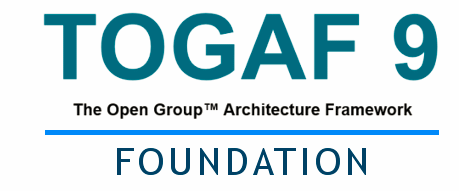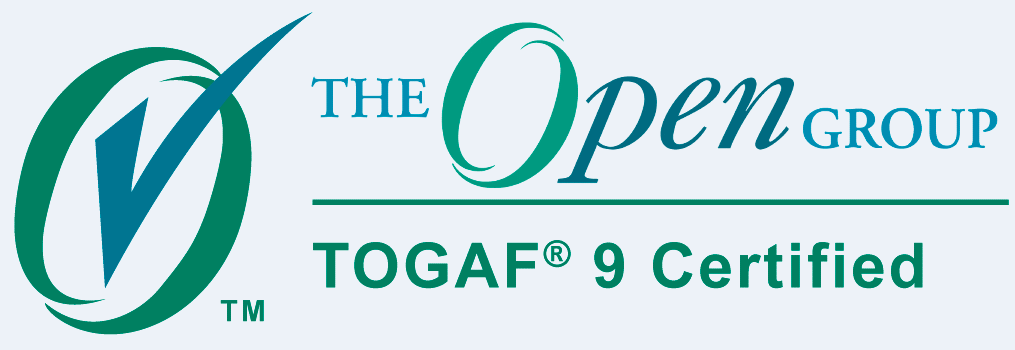|
You
are serving as the Lead Architect in a multi-national company that
operates production facilities in 24 countries and sells its products in
over 100 countries. It has three sectors: Transportation, Energy Systems,
and Automation. Each sector has several business units that operate
independently.
An
Executive Vice President heads each of the business units. Traditionally,
each business unit has acted independently with few shared customers or
suppliers. They were expected to share financial and human resource
information from the corporate headquarters.
A
consultancy firm has recommended a realignment that will enhance sharing
of product information across business units. The implementation of this
strategic realignment will require the development of integrated customer
information systems and product information systems.
The
company has a mature enterprise architecture practice and uses TOGAF 9 for
the basis for its method and deliverables. An architecture development
program has been created to address the development of these capabilities
and is about to commence. The enterprise architecture program is sponsored
by the CIO.
| 


